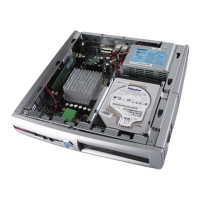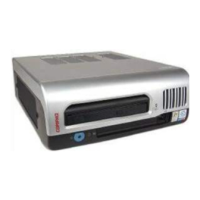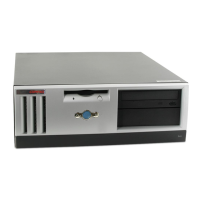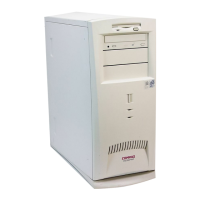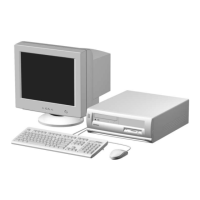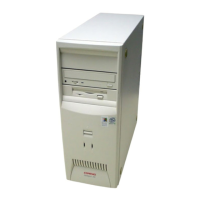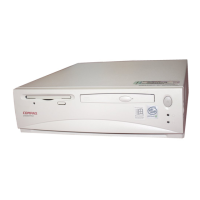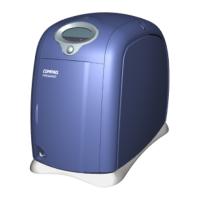Chapter 8 BIOS ROM
8.3 BOOT FUNCTIONS
The BIOS supports various functions related to the boot process, including those that occur during
the Power On Self-Test (POST) routine.
8.3.1 BOOT DEVICE ORDER
The default boot device order is as follows:
1. CD-ROM drive (EL Torito CD images)
2. Diskette drive (A)
3. Hard drive (C)
4. Network boot
The order can be changed in the ROM-based Setup utility (accessed by pressing F10 when so
prompted during POST).
8.3.2 NETWORK BOOT (F12) SUPPORT
The BIOS supports booting the system to a network server. The function is accessed by pressing
the F12 key when prompted at the lower right hand corner of the display during POST. Booting to
a network server allows for such functions as:
Flashing a ROM on a system without a functional operating system (OS). ♦
♦
♦
Installing an OS.
Installing an application.
These systems include, as standard, an integrated Intel 82562-equivalent NIC with Preboot
Execution Environment (PXE) ROM and can boot with a NetPC-compliant server.
Compaq Deskpro and Evo Personal Computers
Featuring Intel Celeron and Pentium III Processors
Fifth Edition - March 2002
8-4
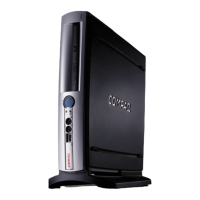
